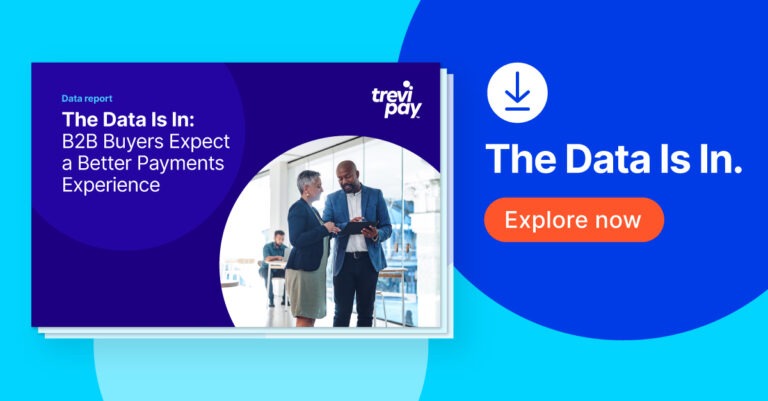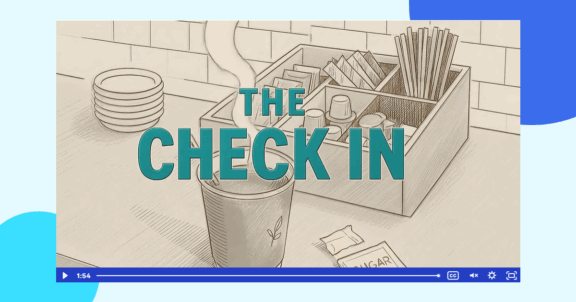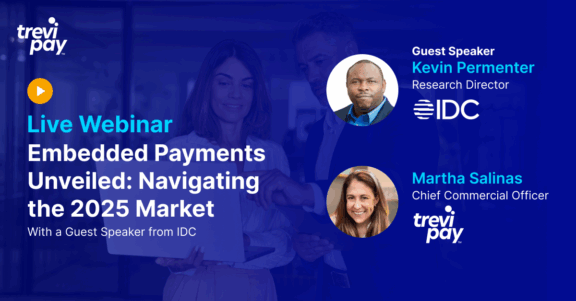“’Net terms’ have existed in B2B trade for decades,” explains Dan Zimmerman, our Chief Product and Information Officer during an interview with PYMNTS. “Some of the qualities of BNPL are now catching on in the B2B realm.”
As part of a larger trend of customer expectations spilling from B2C into B2B, BNPL has gained enormous traction. Just visit a few ecommerce checkouts to see all of the different companies that have jumped into the consumer game. It’s great for shoppers who are looking to stretch their buying power and de-stress their budgets. In fact, BNPL for B2B offers such a great basket of benefits that businesses are also looking to embrace to help manage their own purchasing.
“I think the first impact we’ve seen from BNPL, and how B2C is influencing B2B,” Dan says, “is that it’s driving this change in expectations that net terms should act a lot more like BNPL—real-time, digital, fast, easy,”
How BNPL Benefits B2B Merchants
“On the seller’s side, there are plenty of benefits from BNPL,” Dan says. “For example, when selling B2C, benefits include increased cart size and increased conversions. Those are being realized in the data that’s coming back from B2C implementations.” And B2B merchants that offer BNPL can expect to see similar sales lift.
Another benefit of BNPL for B2B is that the seller outsources this credit line,” explains Dan. “They’re getting paid faster. Plus, because they are giving the buyer the ability to buy with a credit line that is separate from their credit card, and has terms that are further out than the usual 30 days, it builds loyalty.”
Dan points out that this payment strategy represents a great sales growth opportunity once it gets fully implemented. Larger cart size, more conversions, reduced DSO, and increased loyalty are all benefits of BNPL for B2B.
How BNPL for B2B Differs From B2C
Adoption of BNPL for B2B is not as easy as adopting a consumer solution. For example, Dan explains, BNPL tends to be a single-purchase finance vehicle, while B2B customers tend to make repeat purchases. Another difference is that a business buyer may actually prefer extended terms over installment payments.
“Those things are going to work themselves out in the B2B version of BNPL, but those are two distinctions that you’re going to see that could be different than B2C,” says Dan.
Once you digitize B2B trade credit, though, “It’s going to be massive.” In Australia, where BNPL has taken off faster than in any other country, BNPL is used for just 2% of B2C transactions. In contrast, digitized trade credit—the version of BNPL for B2B—is used for over 60% of B2B purchases.
“Once that’s done, the adoption is going to be much faster and much higher, just because that’s how B2B business gets done today.”
The Opportunity to Outsource AR
Companies that add BNPL for B2B to their payment options can also outsource their whole accounts receivable (AR) practice. PYMNTS research shows that 41% of small businesses consider collecting on an invoice to be one of their biggest pain points.
“So, you could see where if you could get a FinTech vendor that could just help you deal with B2B AR completely,” Dan says. “You get the DSO advantages plus you get operational efficiencies.”
One potential hurdle for the use of BNPL in B2B is checking the creditworthiness of a B2B customer. That’s one of the reasons B2B is tough to do in real time—it requires integrations with partners to get that data.
“That’s some of the secret sauce that some of the fintechs that are doing this now as a service have,” he said. “They’re creating internal credit scores similar to B2C where they look at a business’s viability over time, and they use different data sources in real time, checking for fraud, checking for credit capability in each one of those businesses.”
Take the Return-On-Investment Perspective
Looking forward, the rate of adoption of BNPL in B2B is going to depend on the awareness and availability of capabilities offered by B2B payments providers like TreviPay. But when it’s time to offer BNPL or not, cost will be a factor.
“The cost element will play a large role, Dan explains, “because BNPL for B2B transactions are a little more expensive. Even though they’re worth it because of all their advantages, B2B businesses are very sensitive to the cost of a transaction. That means B2Bs may be a little more discretionary in the solutions they roll out.”
How will businesses decide to modernize their payments? “It’s going to have to make sense from an ROI perspective probably to a greater degree even than the B2C, where there’s kind of this momentum and excitement around it, and it feels like you’re missing out if you don’t have BNPL in your checkout,” Dan concludes. “B2B tends to be a little more rational.”
Take a minute to learn more about how TreviPay’s embedded payments can help your business grow. Request a demo today.







